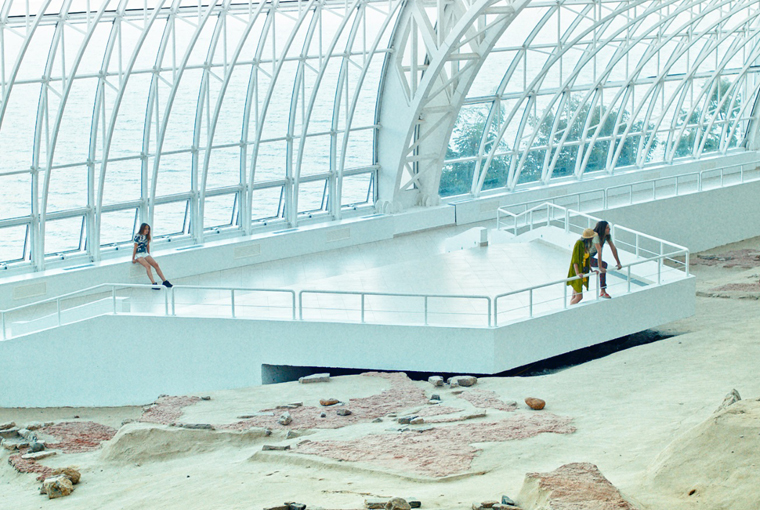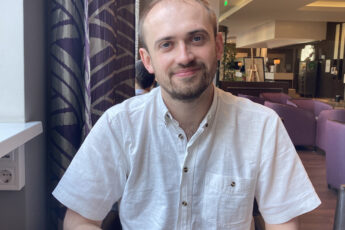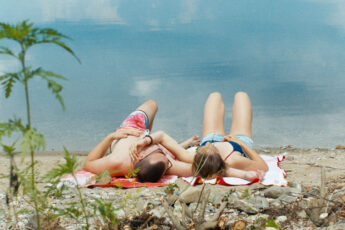
In the mid-2000s, as Romania reached the status of “acceding country” on its path to becoming a full-fledged EU member, Brussels became involved in monitoring Roșia Montană. The small commune in western Transilvania sits on a mountain range rich in mineral resources, making it the place of early resource conquests. Starting with the Romans and perhaps before, different empires conquered the area to exploit its natural treasures, above all gold. During EU-Romanian talks, both the Commission and the Directorate-General in charge of accession pressed Romania to make sure the EU’s environmental standards would be met during any future exploits of the mine. (Plans by a Canadian-Romanian company foresaw the creation of a large reservoir full of cyanide-laced water.) The environmental impact assessment started in 2004, but was never completed. Despite this, and protests from neighboring Hungary, the project went ahead as the company started acquiring property in Roșia Montană. And despite the project’s shaky environmental foundation, Romania joined the EU in 2007.
In 2013, the controversy escalated when the government of former Prime Minister Victor Ponta tried to pass a law that would allow the government to bypass national restrictions and laws in granting the investor the necessary permits. This sparked a wave of mass protests, which would ultimately hijack the government’s plans and lead later governments to introduce special protections for the region. This reversal culminated in a decision of the UNESCO World Heritage Center last week to grant Roșia Montană a place on its list of protected sites for its historical mining architecture. Unfortunately for Romania, and those parts of the world interested in committing to ecological standards and protecting cultural sites, the story does not end here. The company with stakes in the mine is suing the Romanian government before the arbitration branch of the World Bank (ICSID), asking for $4.4 billion in damages. (In Latin America and the Caribbean, an overwhelming majority of such arbitration cases have gone in favor of companies rather than the state.)
Roșia Montană is thus a prime example for many of the difficulties related to Eastern Europe’s post-Communist transition. In the 1990s, after the state had collapsed and there were no power structures to monitor capital flow, a businessman with connections both inside and outside the country would acquire – economically speaking – the wealth of the nation. Once state structures were in place as post-Communist countries transitioned to liberal democracy, the state had to compete and negotiate with powerful investors with stakes in the country’s riches. In the case of Roșia Montană, Romania faced the choice of either trying to get a share from the project, or being sued in front of the World Bank. Chances are that Romania will lose out in both cases in the end.
As suggested by Roșia Montană and a documentary about illegal logging we recently discussed, the “corrupt elites” of Eastern Europe are partly a function of the power structures that prevail. In countries trying to fill a power vacuum that was exploited by ex-functionaries and Western money, getting rid of corruption is not just a matter of voting the right people into office (pace Marian Crişan’s The Campaign). It is also a matter of navigating a system in which opponents who hold much of a country’s economic power – no matter how illegitimate the source of their riches – must be fought in a “fair competition”, lest one break the sacred rules of the market. (Radu Jude has come closest to addressing such macroscopic problems in Romanian cinema, especially through his Loony Porn.) Can we envision transitioning to a socially and ecologically viable world if banning a mining project – one that plans to intrude on an ancient archeological site, use thousands of tons of cyanide, and relocate the local population – provokes a $4.4 billion lawsuit that may well be successful?
***
Our summer issue features several angles on how artists deal with political stagnation. Antonis Lagarias discusses Sergei Loznitsa’s latest attempt to tackle historical amnesia, this time through a film about the Babi Yar massacres. Yann Kaci draws inspiration from a documentary recounting Romanian poetess Nina Cassians’ struggle against the Ceaușescu regime. And Colette de Castro reviewed Courage, a recent documentary about the protest movement in Belarus. She also spoke to its director Aliaksei Paluyan. Finally, our summer issue features Ana Ribeiro’s close analysis of Ivana Mladenović’s autofictional aesthetics in her Ivana the Terrible.
We hope you enjoy our reads.
Konstanty Kuzma & Moritz Pfeifer
Editors




Leave a Comment